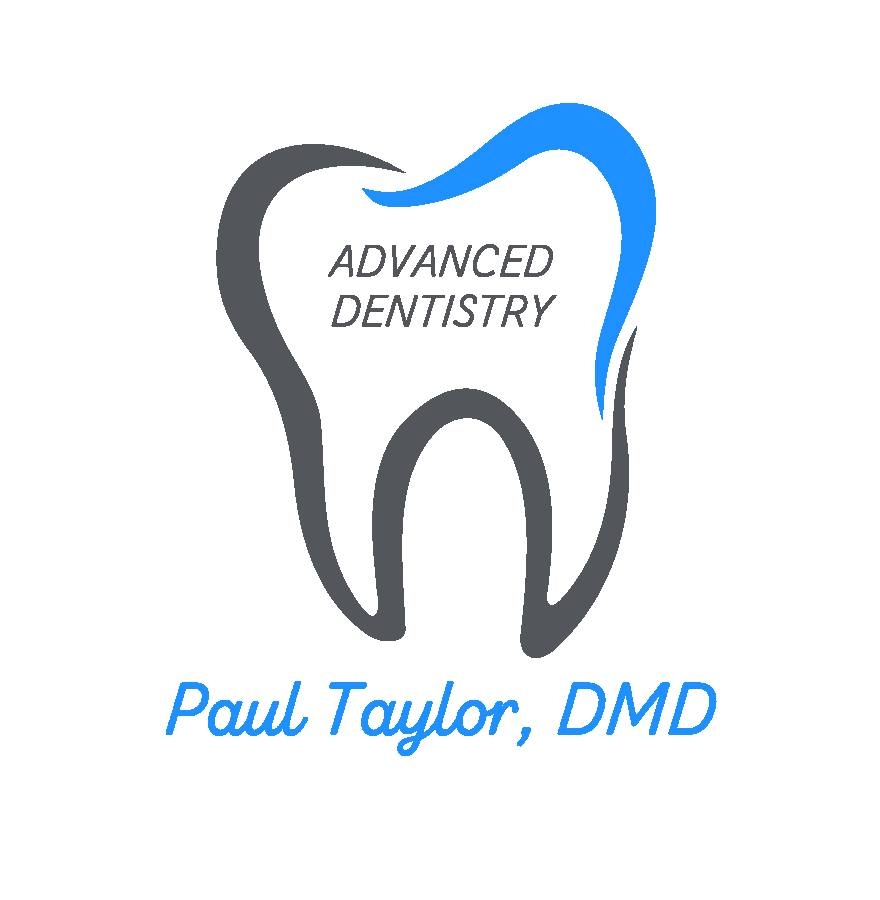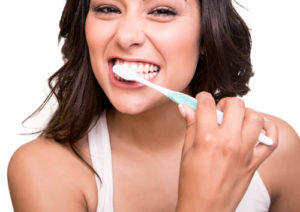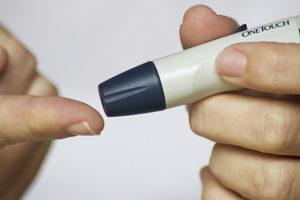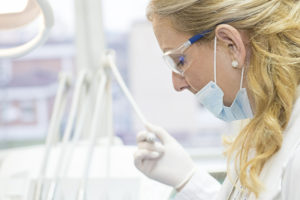Dentist in San Diego, IL
 Bad breath, or halitosis, is probably not a matter of life or death. But it can make you feel self-conscious and have a negative impact on your life. The majority of people suffering from bad breath are dealing with oral bacterial. However, there are other causes of this embarrassing problem. Learning more can help you fight this solvable problem.
Bad breath, or halitosis, is probably not a matter of life or death. But it can make you feel self-conscious and have a negative impact on your life. The majority of people suffering from bad breath are dealing with oral bacterial. However, there are other causes of this embarrassing problem. Learning more can help you fight this solvable problem.
Five Causes of Embarrassingly Bad Breath
- Dry Mouth. A decrease in saliva flow can be caused by several things. Most often, medication or mouth breathing are the culprits. As saliva helps wash away food particles from your mouth, it prevents bad breath. Dry mouth can be dealt with by stimulating salivation.
- Gum Disease and Poor Oral Hygiene. Not brushing and flossing well enough or with enough frequency can lead to gum disease, which leads to bad breath. Halitosis can be a sign that plaque is present on your teeth.
- Food-Related Bad Breath. Food particles that aren’t brushed or flossed away attract bacteria that leads to bad breath. It’s especially important to brush after eating strong-smelling foods, such as garlic or onions.
- Smoking and Tobacco. Tobacco is bad for your health, and that includes your oral health. Smoking or chewing tobacco can contribute toward the development of gum disease, as well as oral cancer.
- Mouth Infections and Other Medical Problems. A mouth infection, sinus infection or even the common cold can cause you to temporarily have bad breath. Even conditions such as diabetes and reflux can cause halitosis. It’s always wise to see Dr. Paul Taylor and Dr. Jann Manantan to help determine the cause.
We are Your Ally
Even if you maintain good oral hygiene, it’s important to see Dr. Paul Taylor and Dr. Jann Manantan at our San Diego, CA office to deal with or avoid problems with bad breath. We can help you uncover the cause of halitosis, while also providing solutions that allow you to enjoy fresh breath without relying on mints and breath fresheners. As is the case with all things related to oral health, we are your number-one ally when it comes to eliminating the problem of bad breath.



 Many people dread going to the dentist. Dental visits have the reputation of being painful and uncomfortable, and it is common for people to compare unfortunate situations such as having a root canal or feeling the dentist’s drill. However, at Paul Taylor DMD, dental visits are not that bad.
Many people dread going to the dentist. Dental visits have the reputation of being painful and uncomfortable, and it is common for people to compare unfortunate situations such as having a root canal or feeling the dentist’s drill. However, at Paul Taylor DMD, dental visits are not that bad. Brushing your teeth properly removes the food particles and bacteria that can lead to tooth decay and gum disease. However, you do not want to scrub your teeth or gums heavily. A heavy hand can lead to tooth and gum erosion, as Dr. Paul Taylor and Dr. Jann Manantan and our staff see all too often.
Brushing your teeth properly removes the food particles and bacteria that can lead to tooth decay and gum disease. However, you do not want to scrub your teeth or gums heavily. A heavy hand can lead to tooth and gum erosion, as Dr. Paul Taylor and Dr. Jann Manantan and our staff see all too often. Dr. Taylor and Dr. Ramos are pleased to provide high-quality removable dentures to new and existing patients who have experienced the loss of some or all of their teeth. These dentures are custom-crafted to fit your individual mouth and specific tooth replacement needs. They provide both a cosmetic and functional replacement solution for tooth loss.
Dr. Taylor and Dr. Ramos are pleased to provide high-quality removable dentures to new and existing patients who have experienced the loss of some or all of their teeth. These dentures are custom-crafted to fit your individual mouth and specific tooth replacement needs. They provide both a cosmetic and functional replacement solution for tooth loss. Nearly 30 million Americans suffer from diabetes. Almost 65 million Americans have periodontal disease. Recent studies have suggested that there is a two-way connection between diabetes and periodontal (gum) disease. Patients with gum disease have increased risk of other diabetic complications and patients with diabetes are more prone to developing gum disease.
Nearly 30 million Americans suffer from diabetes. Almost 65 million Americans have periodontal disease. Recent studies have suggested that there is a two-way connection between diabetes and periodontal (gum) disease. Patients with gum disease have increased risk of other diabetic complications and patients with diabetes are more prone to developing gum disease. When acids are allowed to erode tooth enamel long enough to leach calcium and other minerals from your enamel and dentin, a process called demineralization occurs. This rapidly leads to tooth decay unless reversed by good oral hygiene and professional dental cleanings at our San Diego, CA office. Acids responsible for tooth decay come from the wastes of mutans streptococci and lactobacilli bacteria that thrive in dental plaque, a substance that is the leading cause of periodontitis.
When acids are allowed to erode tooth enamel long enough to leach calcium and other minerals from your enamel and dentin, a process called demineralization occurs. This rapidly leads to tooth decay unless reversed by good oral hygiene and professional dental cleanings at our San Diego, CA office. Acids responsible for tooth decay come from the wastes of mutans streptococci and lactobacilli bacteria that thrive in dental plaque, a substance that is the leading cause of periodontitis. Dr. Taylor and Dr. Ramos want to remind patients that our office offers thorough oral cancer screenings as part of our comprehensive dental health services. Like with every form of cancer, early diagnosis can have a profound impact on the success of your treatment. Regular screenings are your first line of defense against oral cancer and our doctor is here to help.
Dr. Taylor and Dr. Ramos want to remind patients that our office offers thorough oral cancer screenings as part of our comprehensive dental health services. Like with every form of cancer, early diagnosis can have a profound impact on the success of your treatment. Regular screenings are your first line of defense against oral cancer and our doctor is here to help. Every moment of your baby’s first year of life is precious, since every day your child grows a little, develops new skills, and discovers new things. Most of it is wonderful, but parents don’t like to see their babies in pain. That’s why teething can be such a hard experience. However, you can take steps to make it easier for you and your baby.
Every moment of your baby’s first year of life is precious, since every day your child grows a little, develops new skills, and discovers new things. Most of it is wonderful, but parents don’t like to see their babies in pain. That’s why teething can be such a hard experience. However, you can take steps to make it easier for you and your baby. Dr. Paul Taylor and Dr. Jann Manantan and our team at Paul Taylor DMD know this is an exciting time as you anticipate the arrival of your new little one. We want to take this opportunity to provide you with some important information pertaining to your oral health during pregnancy. Just as the rest of your body is changing, the amount of bacteria in your mouth also changes. Scientists don’t understand all the reasons why, but during pregnancy, your mouth is more susceptible to bacterial complications that could result in increased risk for gingivitis or periodontal disease. What researchers do know is the change in hormones creates a more favorable environment for gum infections and diseases when you are pregnant.
Dr. Paul Taylor and Dr. Jann Manantan and our team at Paul Taylor DMD know this is an exciting time as you anticipate the arrival of your new little one. We want to take this opportunity to provide you with some important information pertaining to your oral health during pregnancy. Just as the rest of your body is changing, the amount of bacteria in your mouth also changes. Scientists don’t understand all the reasons why, but during pregnancy, your mouth is more susceptible to bacterial complications that could result in increased risk for gingivitis or periodontal disease. What researchers do know is the change in hormones creates a more favorable environment for gum infections and diseases when you are pregnant.